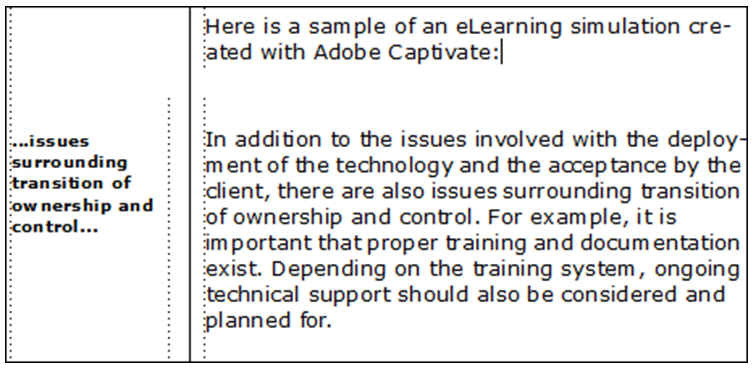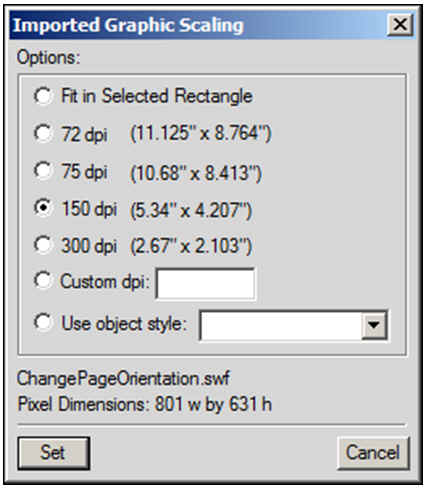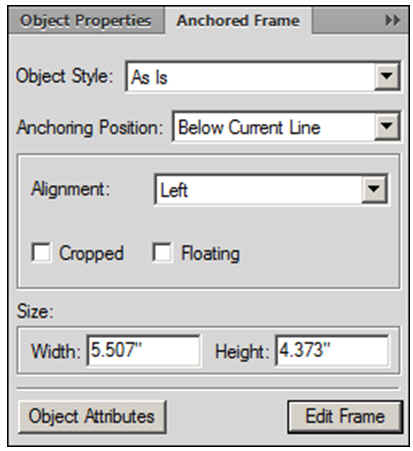In this blog, one of our favorite webinar guests, Kevin Siegel of ICONLOGIC, shares simple, illustrated steps for integrating Captivate videos in FrameMaker 11 documents and PDF output. You can find similar information in a dynamic webinar recording, featuring Kevin Siegel, at: “3) EXPLORE TCS4: Create Engaging, Interactive PDFs Using Adobe Captivate and Adobe FrameMaker.”
Read on, and find out how you can make your PDF output “come alive” with dynamic video created in Captivate.
_______
Ordinary user guides typically include explanations of an application’s features, a list of procedures necessary to use those features, and images (screen captures) that support the text. Unfortunately, ordinary user guides are, well, ordinary. They’re usually boring, don’t engage the reader, or encourage learning.
You can break from the ordinary by simply including interactive eLearning created with Adobe Captivate in documentation created with Adobe FrameMaker. Should you create a PDF of the document, the eLearning (and other multimedia) will remain interactive when viewed with Adobe Reader 9 or newer (assuming the user also has the latest and greatest Adobe Flash Player).
To begin, create and then publish an Adobe Captivate project as a SWF. Next, open a FrameMaker document and click at the end of a paragraph.
Choose to open the FrameMaker Import dialog box.
Locate and select the SWF you published (don’t open the file just yet). From the lower, left of the dialog box, select . (The option will ensure that the size of the FrameMaker document will remain relatively small since the file won’t by copied into the document.)
Click the button and the dialog box will open.
In the image below, I selected which will lower the overall width and height of the imported SWF.
Click the button and the SWF file will be inserted within the FrameMaker document.
The next step is to ensure that the SWF file isn’t cropped (as it is in the image above).
Choose to open the Anchored Frame panel. From the middle of the dialog box, deselect . In the image below, I also changed the Alignment to . (The Alignment you choose will depend on your layout.)
Click the button and the video will appear within the FrameMaker text. (In the image below, the SWF appears to be cut off along the right edge. This won’t be an issue when viewed with the PDF… the entire video will appear just fine.)
The final step is to create a PDF by choosing .
In the image below, the PDF is open in Adobe Reader X. After clicking the SWF embedded within the PDF, the lesson began to play. And it was as interactive as it would have been if accessed via the web.
Go on, admit it… this is about as far from an ordinary PDF as it gets! Your users are getting 100% of the information they got before, but now they actively engaged within your documentation. Heck, you could even include a quiz within the SWF, enabling you to measure a user’s grasp of your content.
But wait… there’s more. The coolest part of the TCS work-flow occurs should you need to make an edit to the Captivate lesson. Perhaps there’s a typographic error on one of the slides. No worries. From within FrameMaker, right-click the Captivate SWF and choose .
The original Captivate project is opened within Adobe Captivate. At this point, you are free to make any revisions to the Captivate project. When you close the project, the SWF is automatically republished and, because you Imported By Reference, the SWF within FrameMaker updates instantly.







